15 Blue Bells Bulbs | Mertensia Virginica | Spring Blooming Perennials | Bare-root
Original price was: $48.99.$24.99Current price is: $24.99.
Buy Blue Bells Bulbs (Mertensia Virginica). Enjoy vibrant blue-pink flowers in spring. Ideal for shade gardens, wildlife, and moist soils.
Estimated arrival
Dec 09
Dec 14 - Dec 16
Dec 19 - Dec 23
Reasonable Price
We offer reasonable price

Support 24/7
Contact us 24 hrs a day

100% Money Back
You've 30 days to Return

Payment Secure
100% secure payment
Blue Bells Bulbs (Mertensia Virginica) – Springtime Beauty
Blue Bells Bulbs (Mertensia Virginica) are one of the earliest spring blooms, providing vibrant blue-pink flowers that emerge as soon as the snow melts. A welcome sign of spring, these native gems add a splash of color to any garden. These spring ephemerals are perfect for adding early-season color to your garden, particularly in shade gardens or woodland settings. Imagine your garden awakening with these beautiful blooms, offering a serene and colorful landscape.
These bare-root bulbs thrive in moist, rich soils and do best in full to partial shade, making them ideal for areas that receive dappled sunlight or morning sun with afternoon shade. Mertensia Virginica grows naturally in floodplains and along streams, so they’re perfect for creating a moisture-retentive environment in your garden. Transform your garden into a springtime paradise with these easy-to-grow bulbs.
These plants also benefit from leaf mulch, which helps to retain moisture and cool the soil, mimicking their natural habitat. Blue Bells Bulbs are a slow-growing, long-lived perennial that can spread gradually through self-seeding, allowing it to naturalize in the garden over time. As they mature, the plants form a vibrant carpet of blue flowers, creating an enchanting and colorful spring display. Enjoy a beautiful and low-maintenance ground cover that returns year after year.
Blue Bells Bulbs are also great for attracting early-season pollinators, including bumblebees, mason bees, and butterflies. These visitors play an important role in the cross-pollination of the flowers. Attract beneficial insects to your garden and support local ecosystems. By mid-summer, the plants go dormant, retreating underground and leaving the garden quiet until the next spring. Bluebells are best planted in fall or early spring to give them time to establish roots before blooming.
Benefits of Blue Bells Bulbs:
- Early Spring Blooms: Blue Bells Bulbs (Mertensia Virginica) are among the first flowers to bloom in the spring, offering a stunning display of blue-pink flowers that light up shaded areas.
- Ideal for Shade Gardens: Thrives in full to partial shade, making it perfect for areas with limited sunlight, such as woodland gardens or beneath trees.
- Moisture-Loving Perennial: Grows best in moist, rich soil with good drainage. Mulch helps to retain moisture and create the ideal growing conditions.
- Naturalizing Ground Cover: Over time, these bulbs self-seed and expand slowly, creating a beautiful carpet of flowers in shaded areas.
- Wildlife Friendly: Attracts pollinators like bees, butterflies, and other early-season insects, supporting biodiversity in your garden.
Frequently Asked Questions
Q: When is the best time to plant Blue Bells Bulbs?
A: The best time to plant Blue Bells Bulbs is in the fall or early spring. This allows the bulbs to establish strong roots before blooming in the spring.
Q: How tall do Virginia Bluebells grow?
A: Virginia Bluebells (Mertensia Virginica) typically grow to a height of 18-24 inches, making them perfect for planting in the foreground of shade gardens or woodland beds.
Q: Will Blue Bells naturalize in my garden?
A: Yes, Virginia Bluebells can self-seed and spread slowly over time, forming a naturalized carpet of blue flowers. However, their spread is manageable and gradual.
Q: How do I care for Blue Bells Bulbs after planting?
A: After planting, ensure the soil remains consistently moist but well-drained. A layer of leaf mulch will help retain moisture and keep the soil cool, simulating their natural environment.
Q: Can Blue Bells Bulbs be grown in full sun?
A: Blue Bells Bulbs prefer dappled sunlight or morning sun with afternoon shade. They thrive in moist, cool conditions and do not do well in full sun or overly dry soil.
Be the first to review “15 Blue Bells Bulbs | Mertensia Virginica | Spring Blooming Perennials | Bare-root”
-
USDA Hardiness Zone
3-8 -
Soil Type
Moist, Rich Soil -
Sunlight Exposure
Partial Shade to Full Shade -
Expected Planting Period
Fall or Early Spring


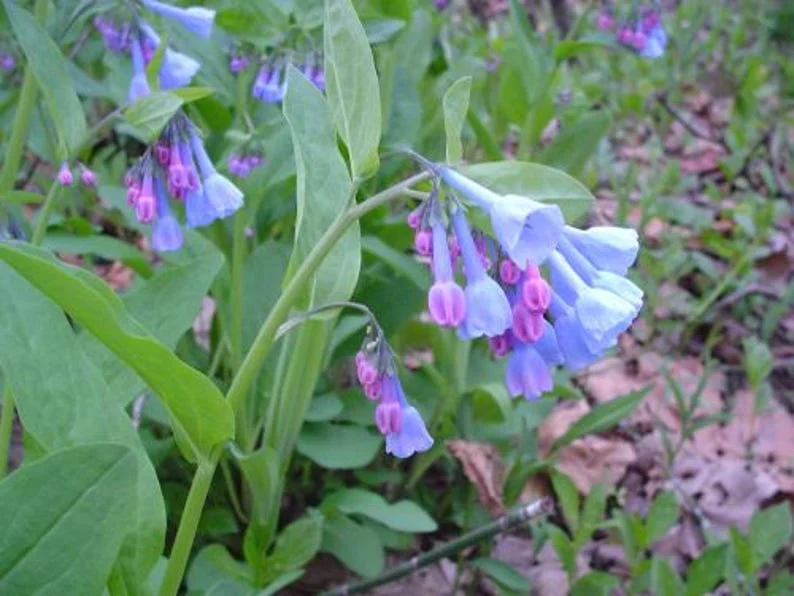
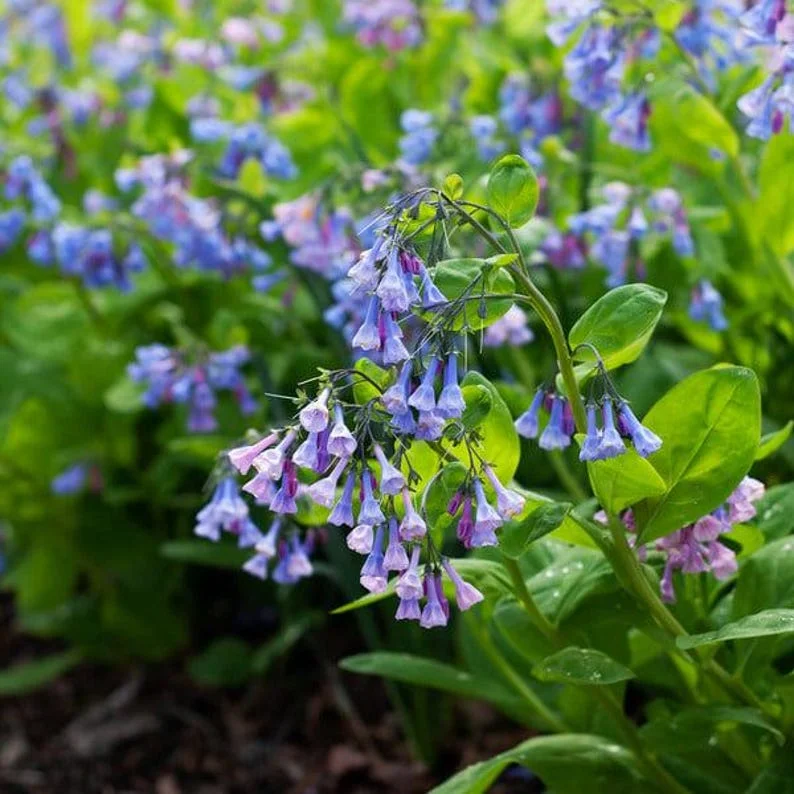
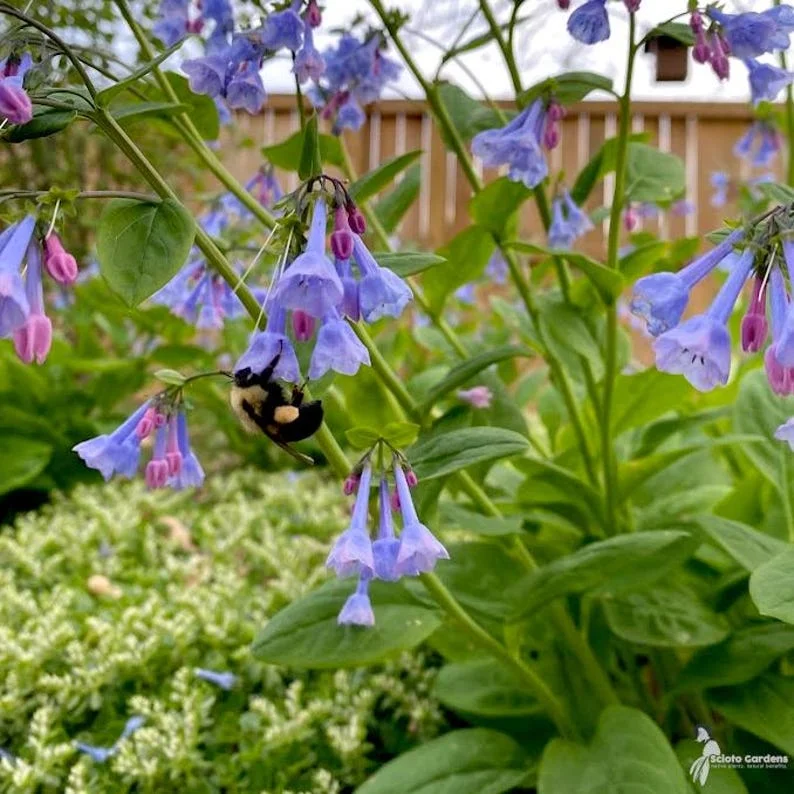
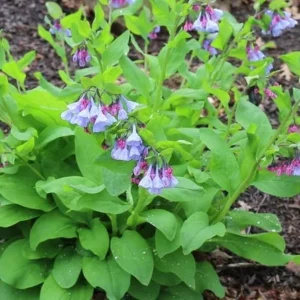
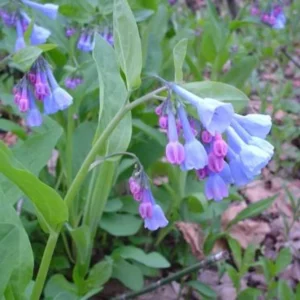
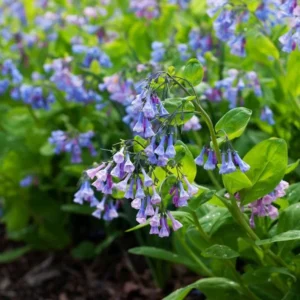
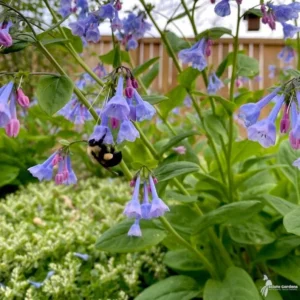

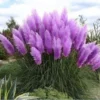


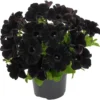
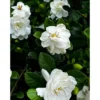
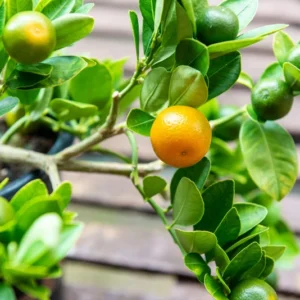
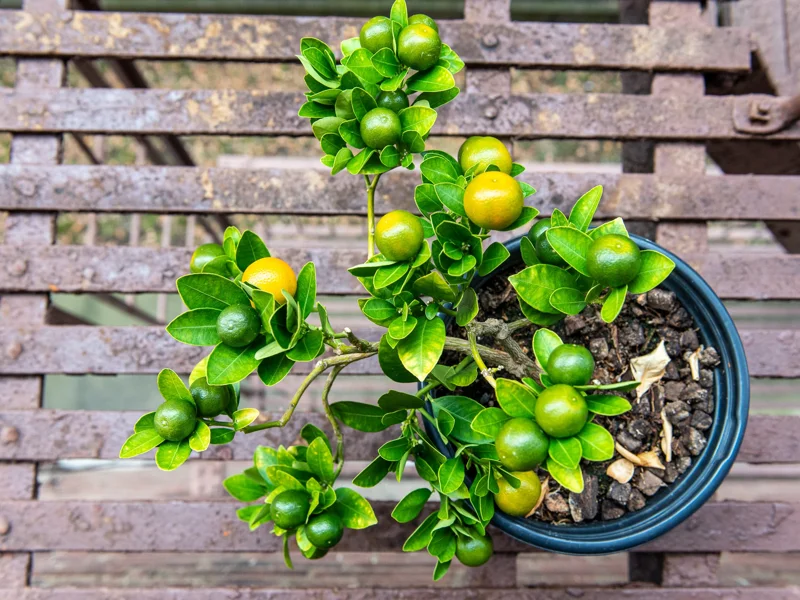
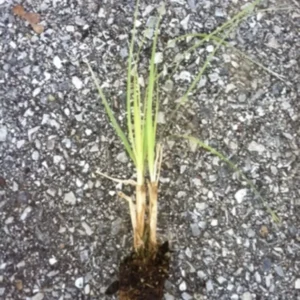
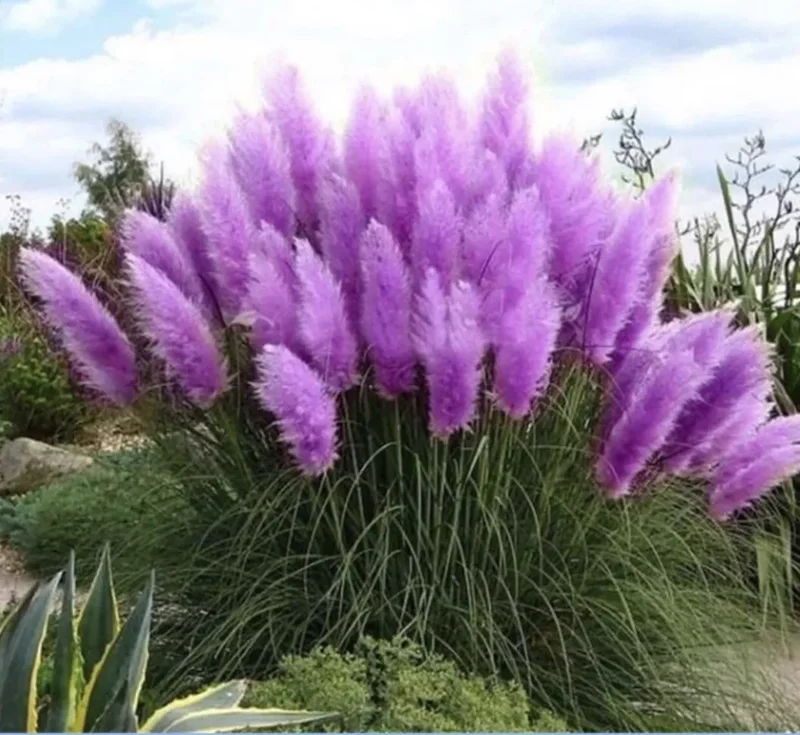
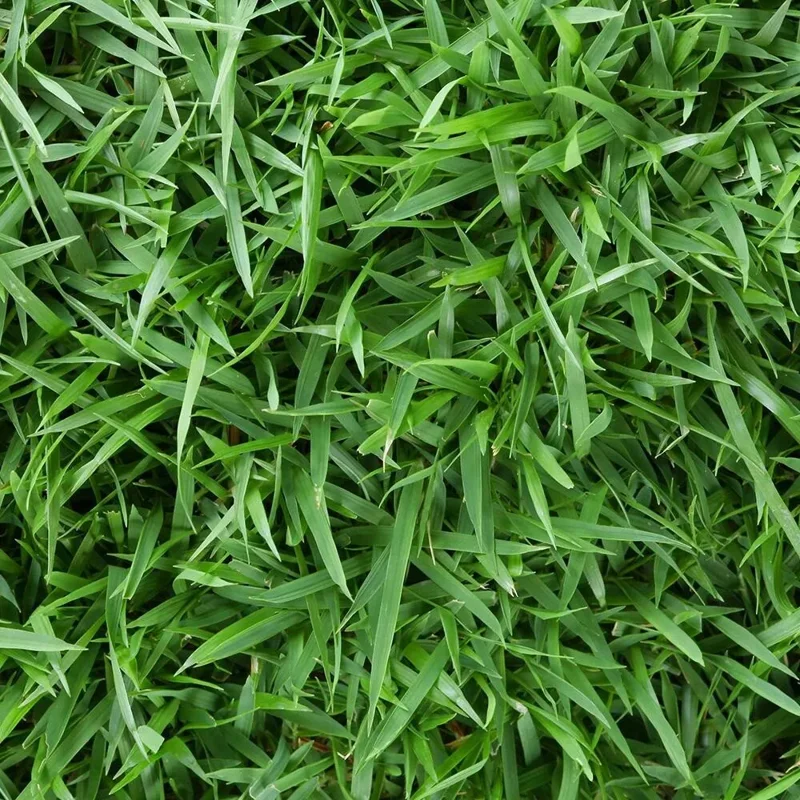


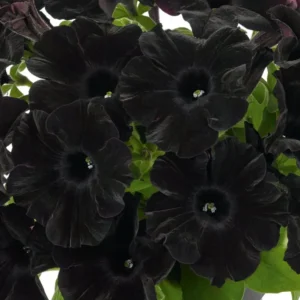
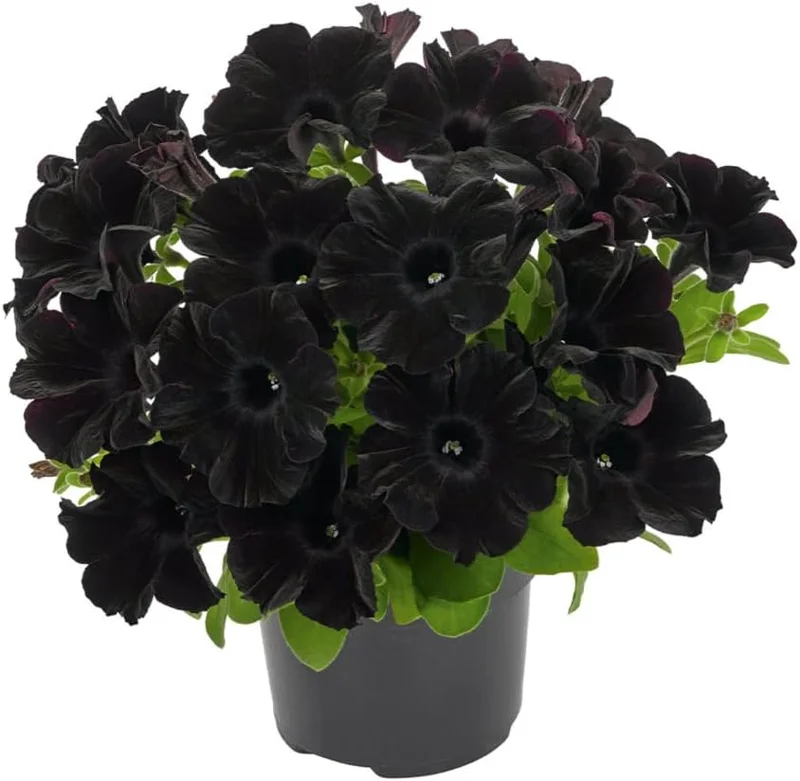

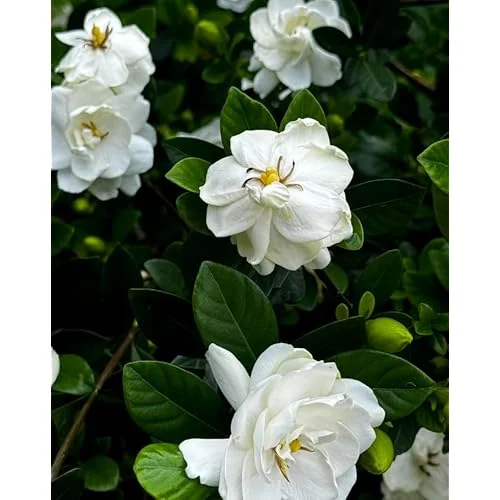
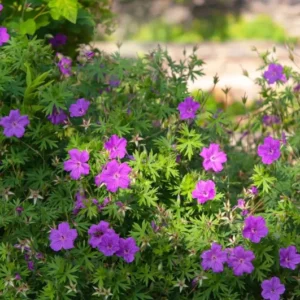
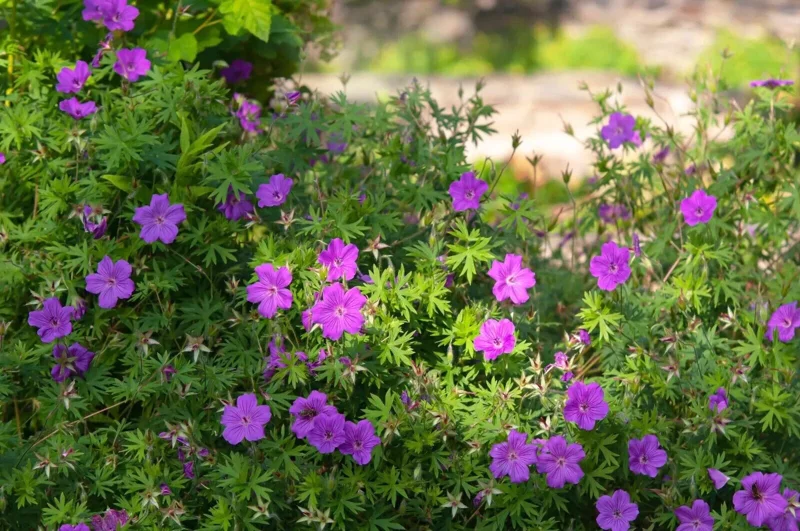
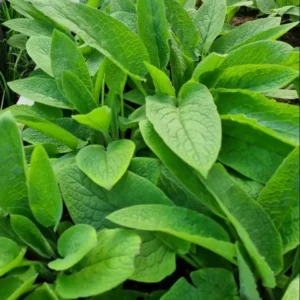
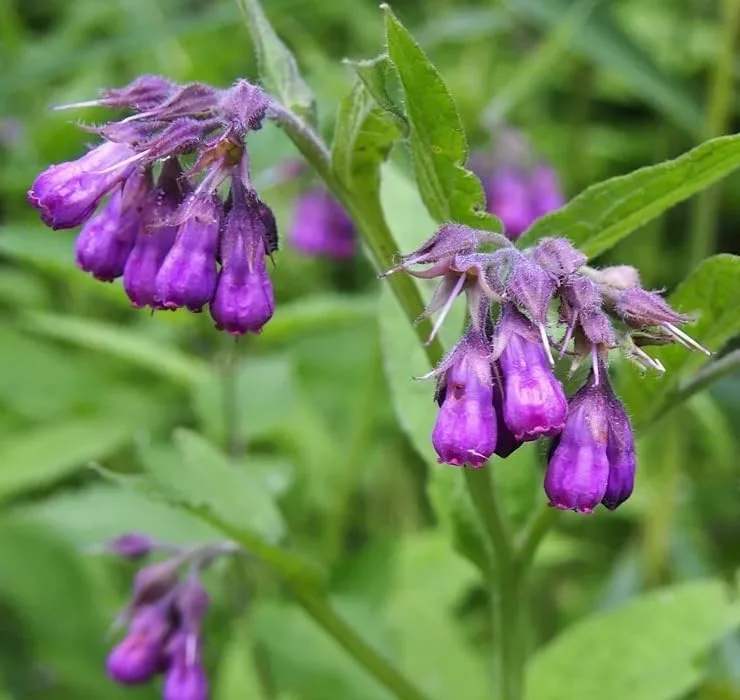
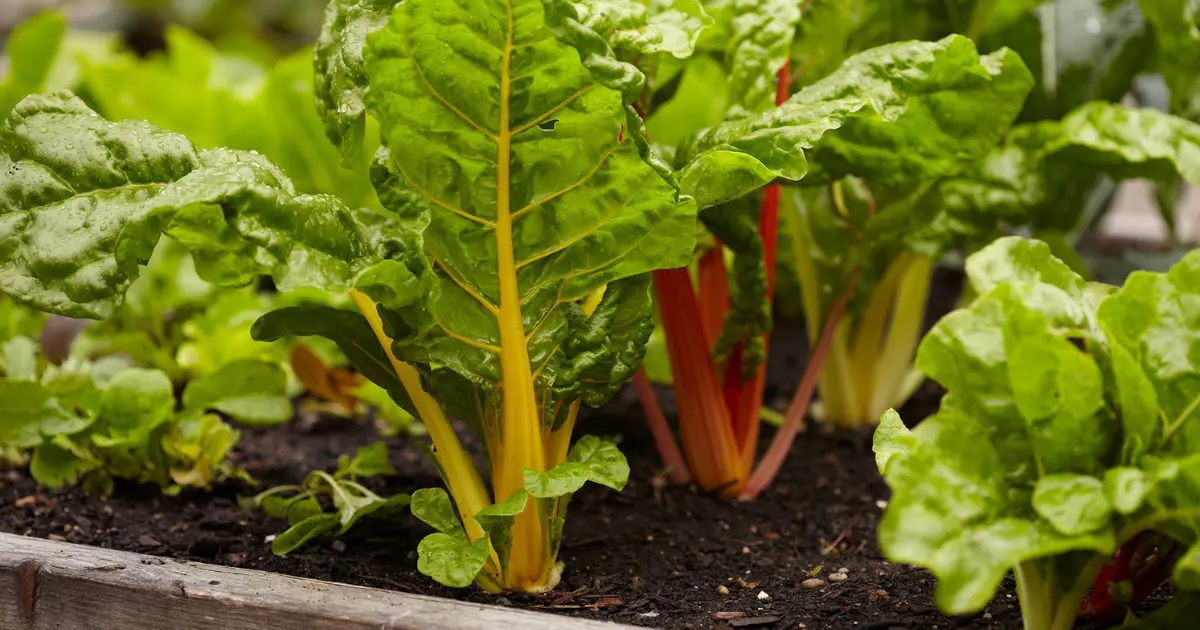
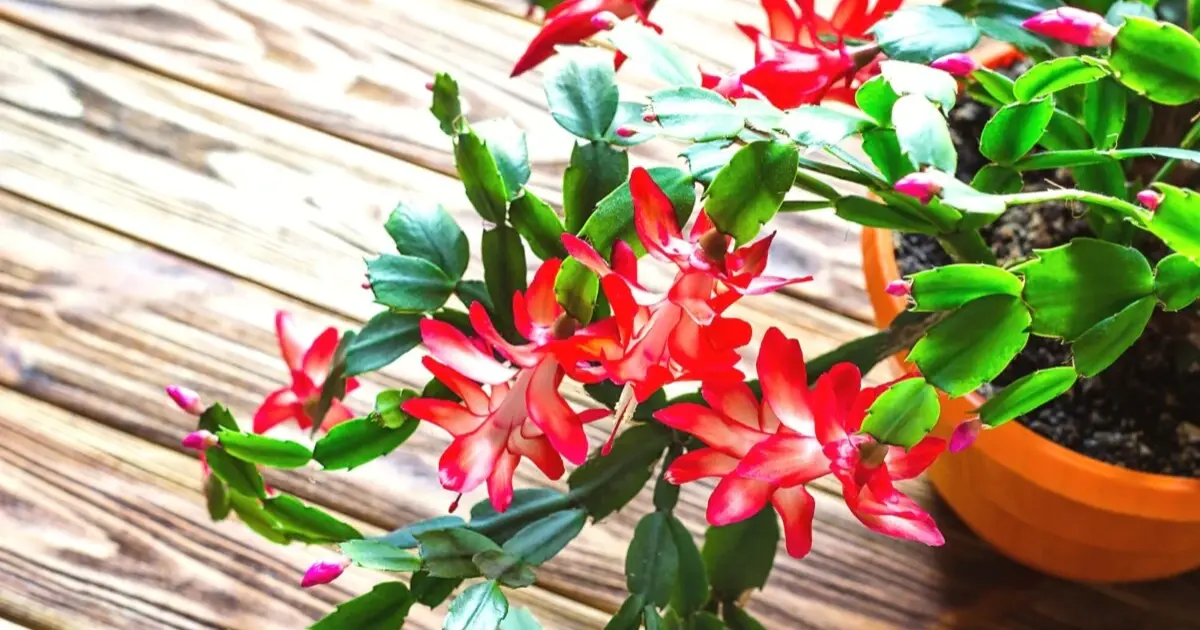
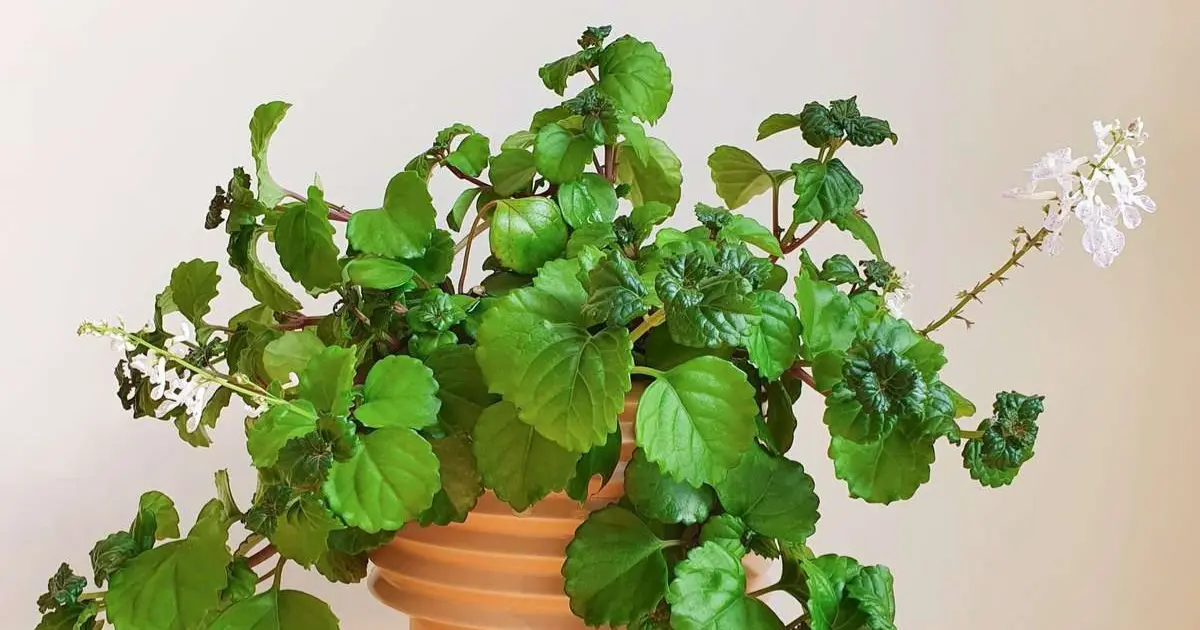
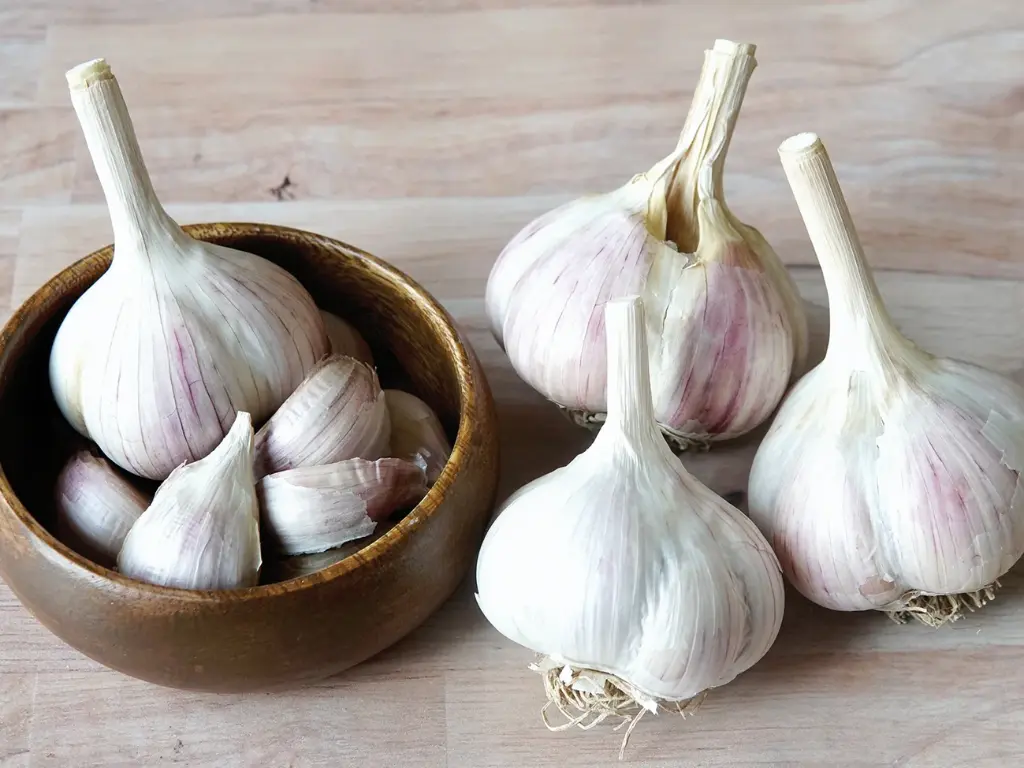
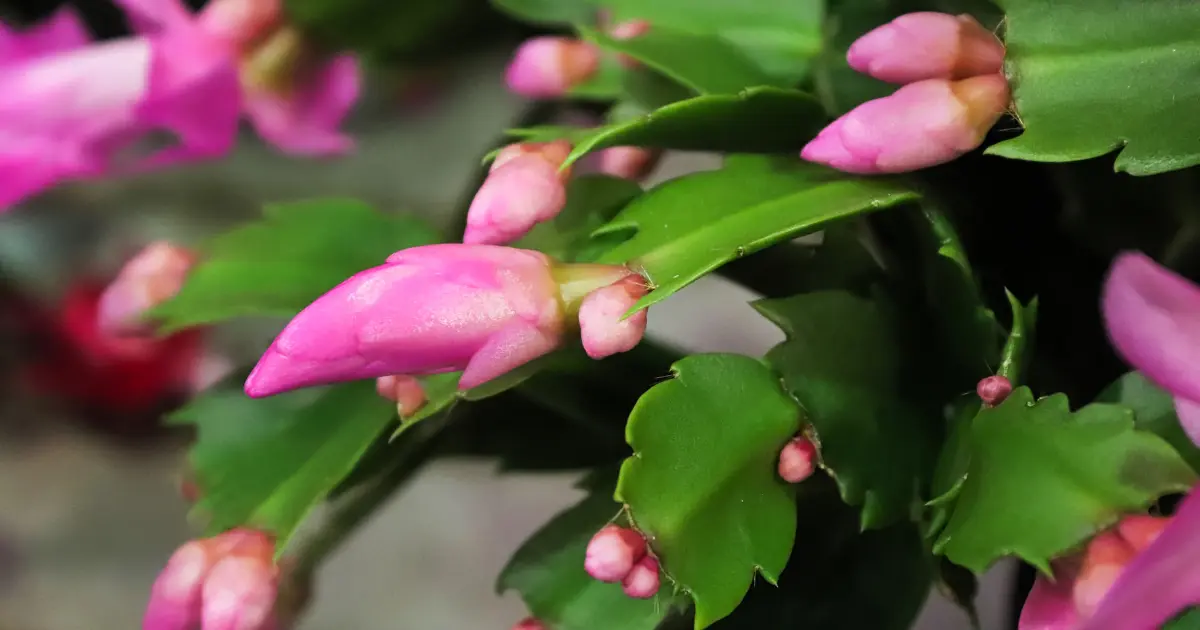

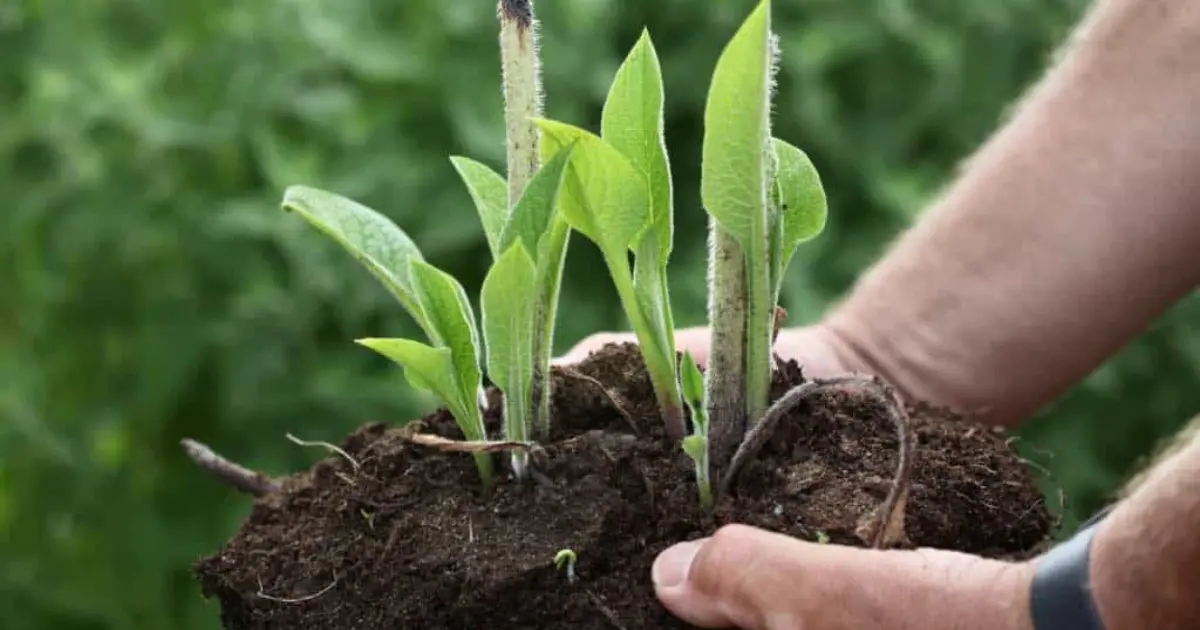
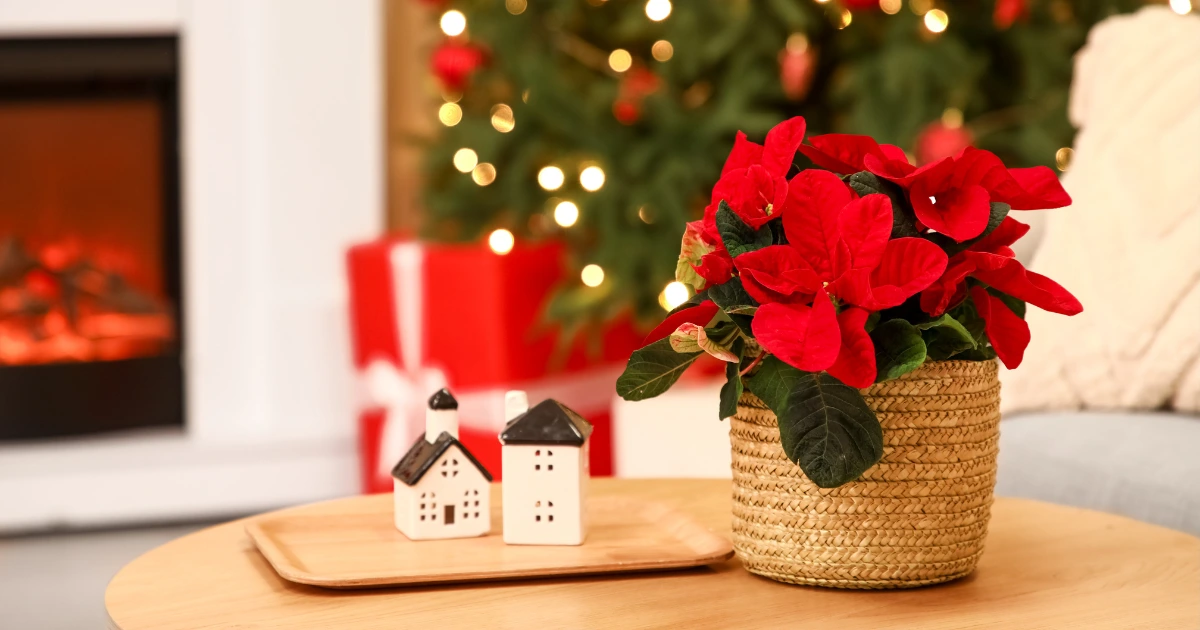

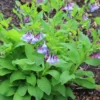
Reviews
There are no reviews yet.